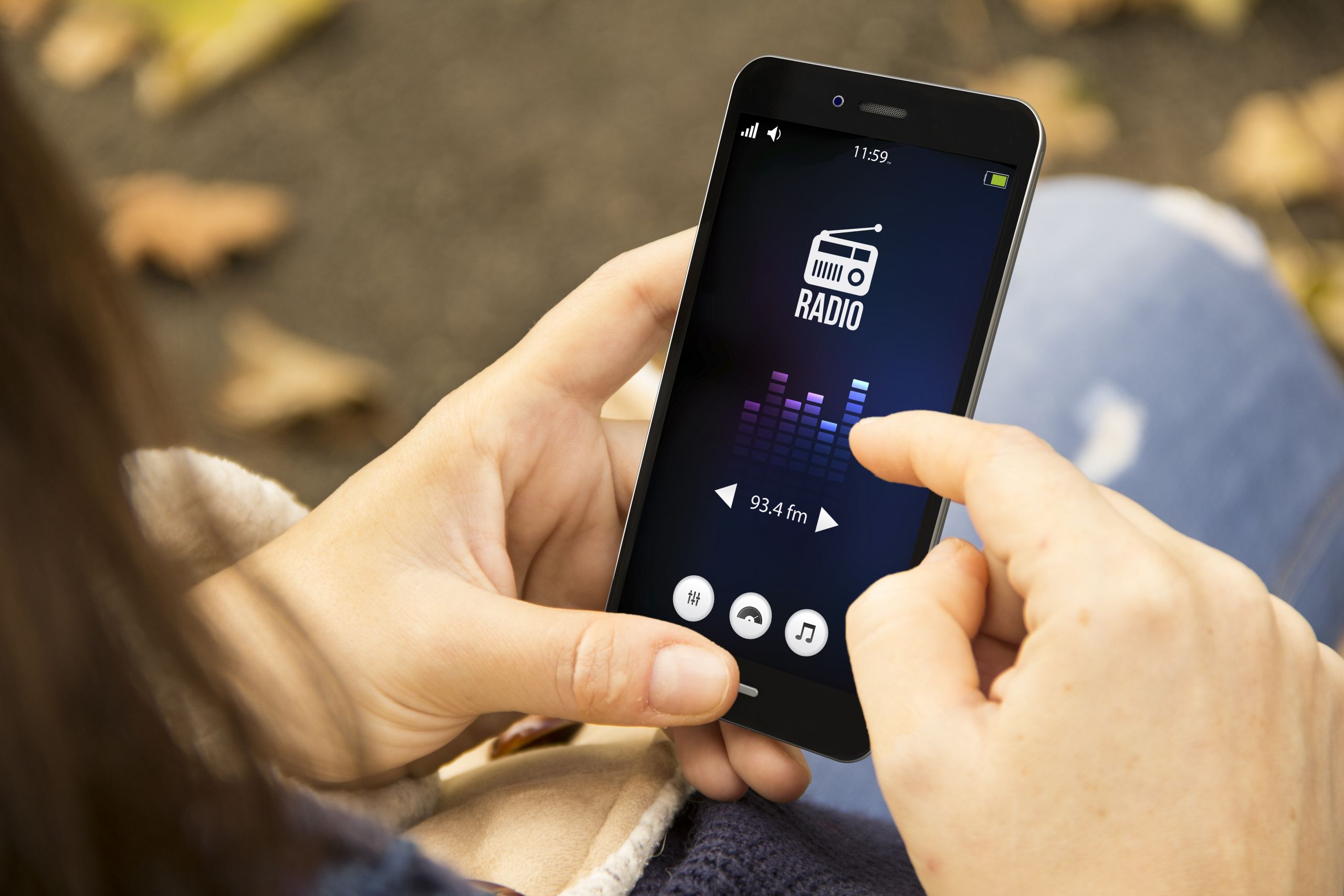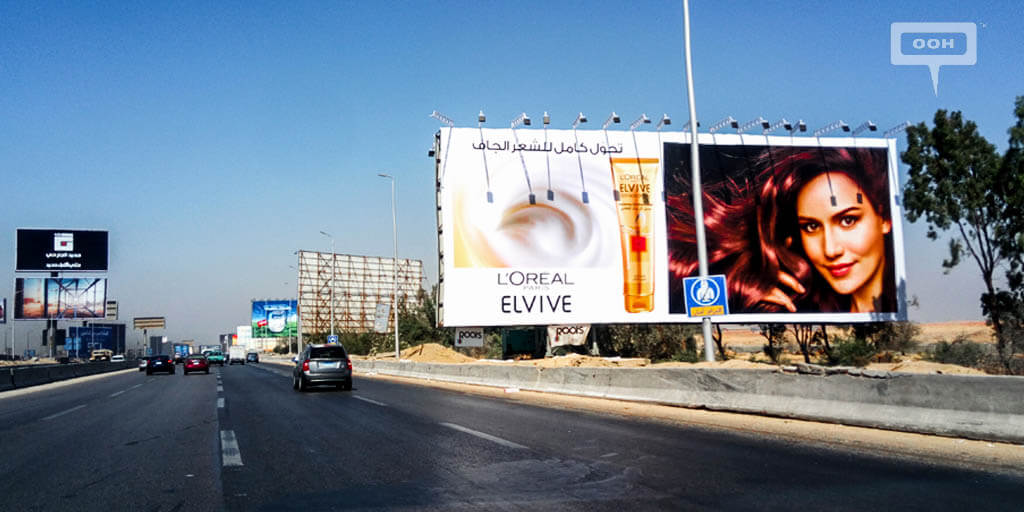Today’s marketing activities can be divided into three categories: Above the Line (ATL), Below the Line (BTL), and Through the Line (TTL).
Originally, the line has been used to distinguish between marketing operations with broad reach (above the line) and those with narrow reach (below the line). As a result of the increasingly competitive arenas and the huge advancements in technology, a new line has emerged in between (through the line).
Above-the-line Marketing
It refers to mass marketing methods that are mostly untargeted and aimed at establishing a brand. We use the term ‘untargeted’ to describe communication that isn’t aimed at a specific audience. Everyone who has access to the media receives the message. In above-the-line marketing, conversion rates are given less weight.
Examples of Above-the-line Marketing:
- Television
Depending on the TV channel and the contract between the parties, TV commercials can reach local, national, and international audiences. Users prefer moving visuals with sounds than motionless images or audio alone, thus TV commercials have a better connection with them.

- Radio
It is an excellent choice for marketers, who want to meet all advertisement’s creative requirements. Radio, like television, has a local, national, and international reach. It establishes a stronger bond with the audience. With the noticeable increase in entertainment channels, it has become a very useful means of advertisement that reaches huge categories of consumers in their cars, homes, streets, and offices.

- Print Media
Print media has a greater reach than any other medium at the local, regional, and international levels. Advertisers utilize fixed ad spots in newspapers to notify existing customers as well as potential customers about their brand or offerings. Magazines are more specialized, making it easier for advertisers to reach out directly to their target audience.

- Outdoor Advertising
Consumers are exposed to advertising outside of their homes and offline through outdoor advertising, also known as out of house advertising. Outdoor advertising is omnipresent, and it has the power to reach customers in a more impactful way, far from just huge billboards, banners, and wraps.

How it works:
- A widespread national, regional and international reach
- The audio-visual content used in mediums like TV and radio creates a stronger connection with the audience.
- ATL is crucial for brand building! Marketers’ duty in brand building is to reach out to as many potential customers as possible and creatively communicate with them about the brand and its benefits.
Below-the-line Marketing
Below-the-line strategies, often known as direct marketing strategies, are more concerned with conversion rates rather than building a brand. They refer to very specialized, memorable, and direct promotional activities targeting a certain group of audience.
Examples of Below-the-line Marketing:
- Direct Messaging
Direct text messages and emails are forms of BTL marketing. They are usually drafted as per the needs of each customer and hence, it can result in more conversion rates.
- Sponsorship
The usage of sponsorships is one of the non-media communication ways, which target a specific group of people. Also, it is an unconventional method of advertising.
- Activation Campaigns
Brand activation campaigns involve a series of activities that integrate creative ideas into real life to engage with audiences. That forms long-lasting experiences and memorable connections.
- In-house Activities
They refer to the marketing efforts that take place within a retail store or a company’s branch. They make use of a variety of point-of-sale systems in order to maximize the return on investment.
How it works:
- The results are much better in terms of the conversion rates.
- BTL strategies can be easily implemented and provide a higher ROI.
- The results can be easily tracked, controlled and improved to reflect on a better ROI.
Through-the-line Marketing
TTL marketing activities involve both; ATL and BTL i.e. they represent a 360-degree method of advertising, which aims to enhance the brand-building process and increase conversion rates.
Examples of Through-the-line Marketing:
- 360-marketing Campaigns
Simply said, a 360-marketing plan is an integrated campaign with targeted messaging distributed across different customer contact points. It is a comprehensive creative concept that spans all aspects of a brand’s marketing mix and is intended to apply a brand strategy.

- Digital Marketing
Digital marketing has challenged ATL and BTL approaches and managed to go through the line. It integrates both approaches and becomes cookie-based, achieving higher conversion rates and ROI.

How it works:
- It enables an integrated communications strategy in which customers are influenced by consistent messaging across multiple media.
- It develops highly personalized communication channels, which are customized to suit everyone.
- It generates better ROI.
To sum up, marketers should read well the markets and decide the perfect match for both the customer and the method of communication. Some brands may achieve resounding success in ATL, but adding BTL activities may boost the effectiveness of their campaigns.
If you are looking for effective ATL, BTL or TTL plans, please get in touch.
